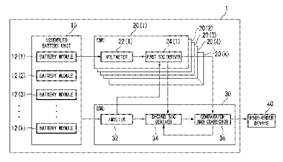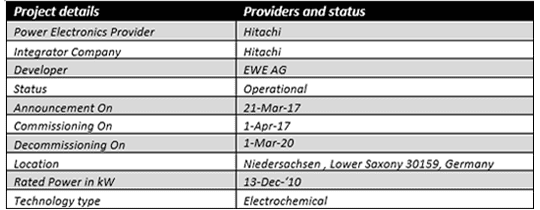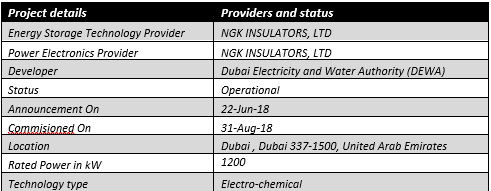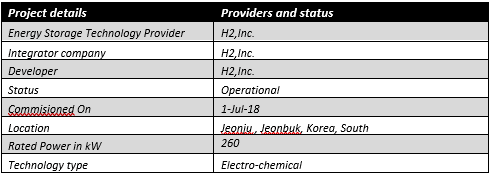Renewable energy production, particularly from sources such as solar and wind, has increased like never before; but unfortunately, it is intermittent because of its weather dependence. This can cause serious gaps in electricity supply. One possible solution is storage. If renewable electricity generated from intermittent sources can be stored, it could then be utilized at times when there is no generation. Unfortunately, technology capable of storing large amount of electricity is still being developed.
High capacity storage facilities will improve the reliability of power supply during the course of natural disasters. It will maintain and improve power quality, frequency and voltage which is now required for almost every segment like smart homes, electric vehicles, stationary and grid applications, etc.
Infrastructure needed for electricity storage is in the range of Giga Watts but it is available in Kilo Watts range, which means only ~2% of generated power can be stored. Electricity generation facilities are abundantly available as compared to electricity storage infrastructure which is still a subject of research. Electricity storage facilities were never considered an important factor earlier but now, as the demand for smart cities, intelligent infrastructure, green environment and electric vehicles has increased, this requirement too has become very critical. Such an infrastructure will provide a continuous and flexible power supply for consumers while continuing to be more of renewable energy and less of fossil fuels with reduced carbon-dioxide emissions.
Classification Of High Capacity Storage
Storage technologies are of two types:
- Storing energy for producing electricity, and,
- Storing the produced electricity.

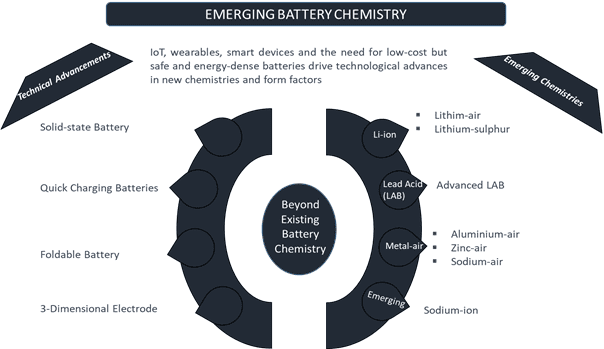
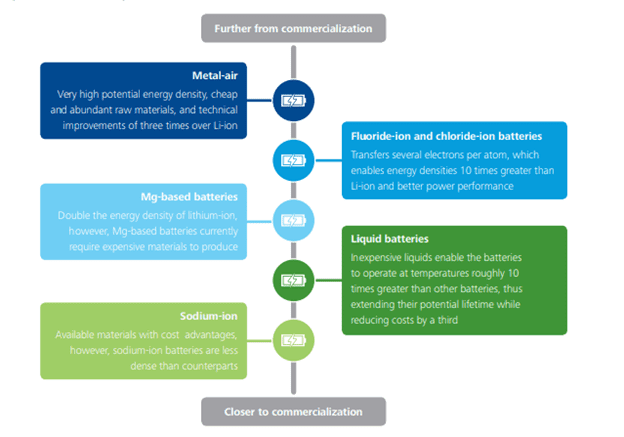
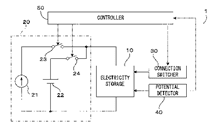 management system and battery sustainment system, recently filed a patent application US20170201102, discloses a two-terminal circuit to provide electricity storage element charging in a short time while voltages are balanced among the electricity storage elements. It consists of voltage applier which applies a constant voltage to the electricity storage elements in a state that all of the electricity storage elements are connected in parallel.
management system and battery sustainment system, recently filed a patent application US20170201102, discloses a two-terminal circuit to provide electricity storage element charging in a short time while voltages are balanced among the electricity storage elements. It consists of voltage applier which applies a constant voltage to the electricity storage elements in a state that all of the electricity storage elements are connected in parallel.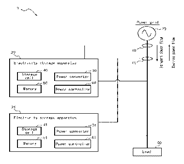 leading provider of solar power systems, has filed a patent application US20180287217 that discloses electricity storage apparatus, and an electricity storage system control method. It comprises of multiple electricity storage apparatus and power controllers configured to be charged using electric power and also control the charging and discharging of respective storage cells.
leading provider of solar power systems, has filed a patent application US20180287217 that discloses electricity storage apparatus, and an electricity storage system control method. It comprises of multiple electricity storage apparatus and power controllers configured to be charged using electric power and also control the charging and discharging of respective storage cells.